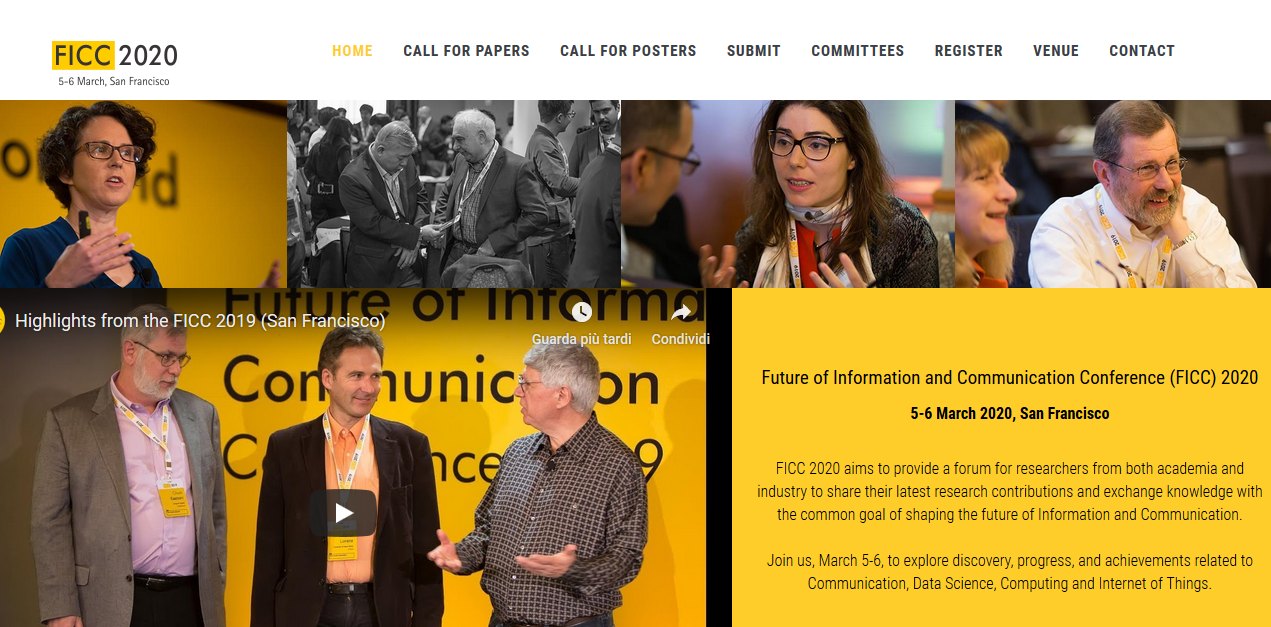We are pleased to announce that a research paper developed under the mF2C Project, has been accepted for presentation in the Future of Information and Communication Conference (FICC) 2020, to be held on 5-6 March 2020 in San Francisco, USA
Title “A Multidimensional Control Architecture for Combined Fog-to-Cloud Systems”,
by Xavier Masip-Bruin*, Vitor Barbosa Souza+, Eva Marin Tordera*, Guang-Jie Ren§, Admela Jukan£
* Advanced Network Architectures Lab (CRAAX), Universitat Politècnica de Catalunya (UPC), Spain
+ Universidade Federal de Viçosa (UFV), Brazil
§ IBM Almaden Research Center, USA
£ Technische Universität Braunschweig, Germany
Abstract:
The fog/edge computing concept has set the foundations for the deployment of new services leveraging resources deployed at the edge paving the way for an innovative collaborative model, where end-users may collaborate with service providers by sharing idle resources at the edge of the network.
Combined Fog-to-cloud (F2C) systems have been recently proposed as a control strategy for managing fog and cloud resources in a coordinated way, aimed at optimally allocating resources within the fog-to-cloud resources stack for an optimal service execution. In this work, we discuss the unfeasibility of the deployment of a single control topology able to optimally manage a plethora of edge devices in future networks, respecting established SLAs according to distinct service requirements and end-user profiles. Instead, a multidimensional architecture, where distinct control plane instances coexist, is then introduced.
By means of distinct scenarios, we describe the benefits of the proposed architecture including how users may collaborate with the deployment of novel services by selectively sharing resources according to their profile, as well as how distinct service providers may benefit from shared resources reducing deployment costs. The novel architecture proposed in this paper opens several opportunities for research, which are presented and discussed at the final section
